In a quiet temple in northern China, a remarkable discovery has stunned both scientists and spiritual followers alike: the perfectly preserved mummified body of Buddhist Master Ci Xian. Dating back over a thousand years, his remains not only offer a rare glimpse into ancient preservation techniques but also tell the story of a monk who traveled from India to China to spread Buddhism. Now, with modern technology revealing astonishing details, Master Ci Xian’s legacy continues to captivate the world.
A Glimpse Into the Past
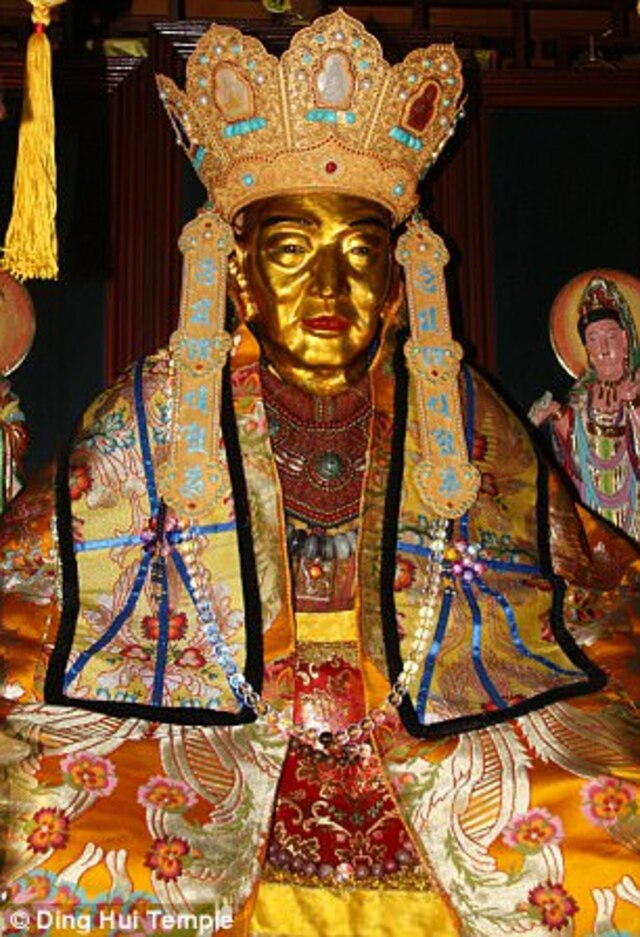
The story of Master Ci Xian begins not in the present, but over a millennium ago, during a time when Buddhism was flourishing across Asia. Born in India, Master Ci Xian made a monumental journey to China, where he played an essential role in promoting Buddhist philosophy and translating sacred texts. His contributions to the religion left a lasting legacy, but it is not just his spiritual influence that has drawn attention today. It is his mummified remains, which have captured the fascination of the world.

The preserved body of this respected Buddhist master was rediscovered in the 1970s in a cave and has since been kept at the Dinghui Temple in Wu’an, in northern China. Since then, the body has been the focus of numerous studies and even underwent a CT scan, which revealed startling details about its remarkable preservation.
Video
Check out the video to learn about the incredible discovery of an ancient mummified monk with some brain matter still intact. It’s a fascinating glimpse into history!
The Mummified Body of Master Ci Xian
Master Ci Xian’s body was a marvel of preservation long before modern technology revealed its secrets. When the monks at the Dinghui Temple decided to add a golden layer to the monk’s remains, they did so as a show of respect for his spiritual significance. The process of gilding, a method often reserved for highly revered figures, marked a reverential tribute to this monk’s role in the propagation of Buddhism.

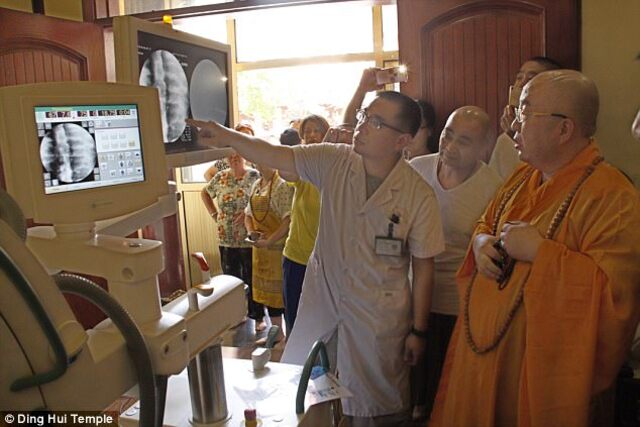
However, it was the CT scan performed in 2017 that truly revealed the astonishing state of the mummified body. The scan, which was conducted by a team of doctors and witnessed by both monks and visitors, uncovered the fact that the monk’s bones were in excellent condition. Equally astounding was the discovery that his brain had been perfectly preserved—a feature that had left experts in awe. The scans showed that his upper jaw, teeth, ribs, spine, and joints were intact, which defied the expectations for such an ancient body.
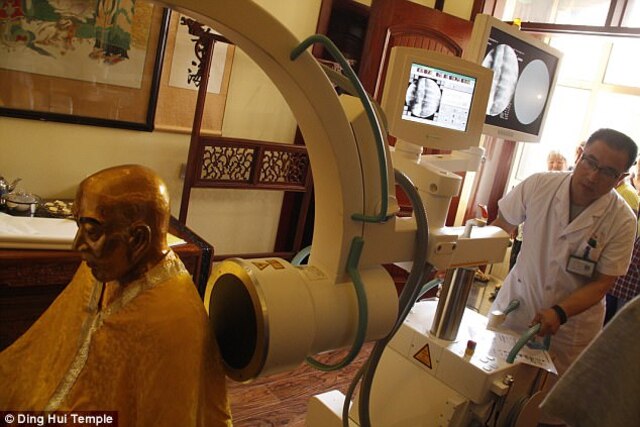
Master Ci Xian’s Spiritual and Historical Importance
Master Ci Xian’s journey from India to China is deeply embedded in the broader story of Buddhism’s spread across Asia. It is said that he traveled to the Kingdom of Khitan, an ancient kingdom in northeastern China, to translate ten major Sutras into Chinese. These translations were of such significance that they were eventually carved into stone tablets, many of which can still be seen today.
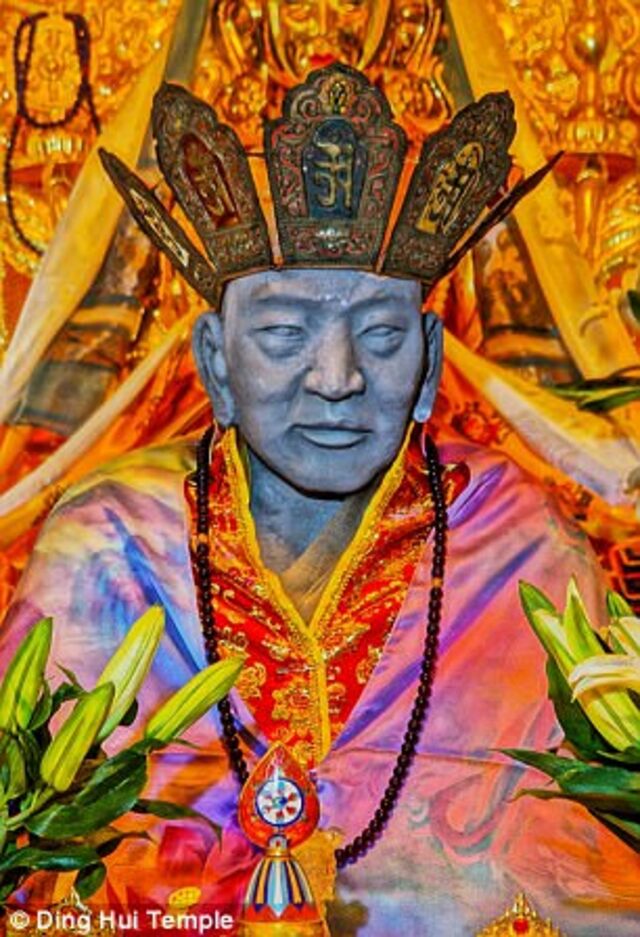
Master Ci Xian’s translation work and his establishment as the national Buddhist master of Khitan by the local king showcase the profound influence he had on the religious landscape of the time. His efforts were instrumental in spreading the teachings of Buddhism, and his name became synonymous with scholarly reverence in both China and beyond.
Upon his passing, Master Ci Xian’s disciples undertook an extraordinary task: preserving his body through a unique process that involved placing his remains in a ceramic jar filled with natural anti-corrosive substances. The tradition of preserving the bodies of spiritually accomplished monks was not uncommon in ancient China, and it was believed that if a monk had attained a certain level of spiritual attainment, their body would not decay.
How the Body Was Preserved
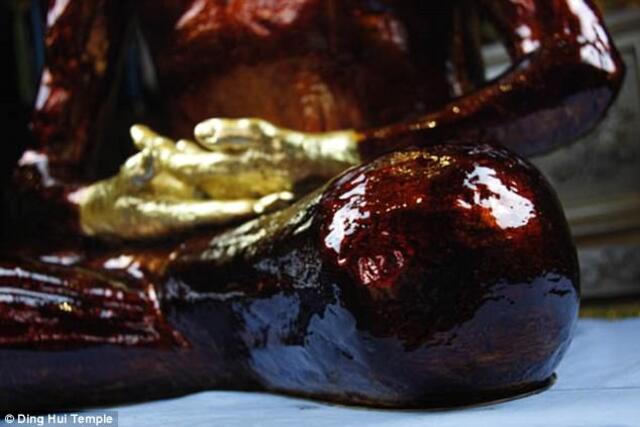
The preservation method used for Master Ci Xian’s remains reflects the spiritual beliefs and practices of ancient Buddhist monks. According to Master Du at the Dinghui Temple, monks would typically know when their time on Earth was nearing its end and would communicate their wishes regarding the preservation of their body. After death, the monks’ disciples would place the body in a large jar, ensuring that it was surrounded by anti-corrosive materials to prevent decay.
After several years, the body would be removed, and if the monk had attained a high enough spiritual level, their body would remain intact. The final step in this process was the application of a special paste, often made from glutinous rice, which transformed the monk’s body into a revered “meat body Buddha.” This extraordinary process helped to preserve the monk’s physical form as an object of veneration, creating a physical link to the spiritual realm.
In the case of Master Ci Xian, the preservation method was so successful that his body has remained in a state of remarkable condition for nearly a thousand years. The gilding added in recent years further symbolizes the reverence held for the monk, offering a visual manifestation of his spiritual significance.
The Modern Discovery: Reopening the Past

The rediscovery of Master Ci Xian’s remains in the 1970s sparked renewed interest in his life and legacy. It was not until the CT scan, however, that the true extent of the preservation became widely known. The scans revealed an astonishing level of detail—bone structures, teeth, ribs, and joints—showing a body that seemed to defy the ravages of time. Furthermore, the intact brain was a truly rare find, offering a glimpse into the remarkable preservation techniques used by the monks of that era.
The CT scan not only provided a detailed look at the body’s condition but also affirmed the extraordinary spiritual and cultural practices involved in its preservation. In a sense, the technology of the present has allowed us to reconnect with a past long hidden, unlocking new insights into the lives of the Buddhist masters who shaped history.
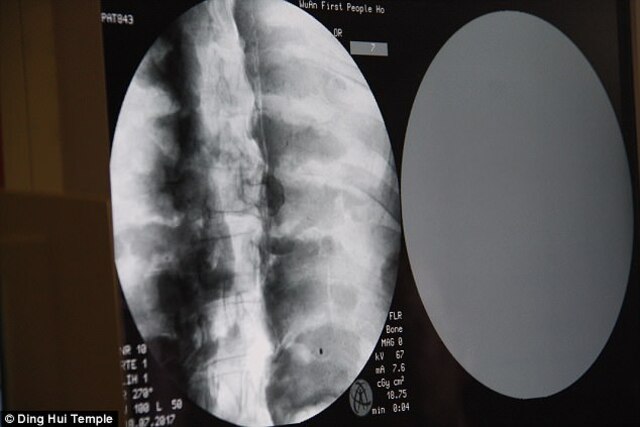
The Gilding Process: A Reverent Tribute
The decision to gild Master Ci Xian’s body was not taken lightly. The monks at the Dinghui Temple chose to cover the preserved remains with a layer of gold leaf as a gesture of reverence for the monk’s contributions to Buddhism. Gilding is a common practice in Buddhist tradition, used to honor figures of great importance, and it enhances the sacred aura surrounding the monk’s body. This act of gilding further solidified Master Ci Xian’s status as a revered spiritual figure and reinforced the belief in the sanctity of his teachings and legacy.
The gilding of the body also aligns with broader Chinese cultural traditions, where gold is associated with purity, spiritual transcendence, and the divine. This decision reflects the fusion of art, religion, and preservation, creating a powerful symbol of respect and admiration.
The Role of the Dinghui Temple
Since its discovery, the Dinghui Temple has been a central place of worship for Master Ci Xian’s devotees. The monks there have maintained the body with great care, preserving it for future generations to honor and learn from. In 2011, the remains were officially placed within the temple, where they continue to serve as a focal point of reverence.
The temple’s management decided to gild the body in 2016 to further show their respect for the monk’s spiritual legacy. However, the preservation and worship of Master Ci Xian’s body is not expected to remain at the Dinghui Temple forever. Plans are underway to move the remains to the Shendu Temple on Xiangtang Mountain, where a new, grander location will honor the monk’s memory.
Legacy and Continuing Worship
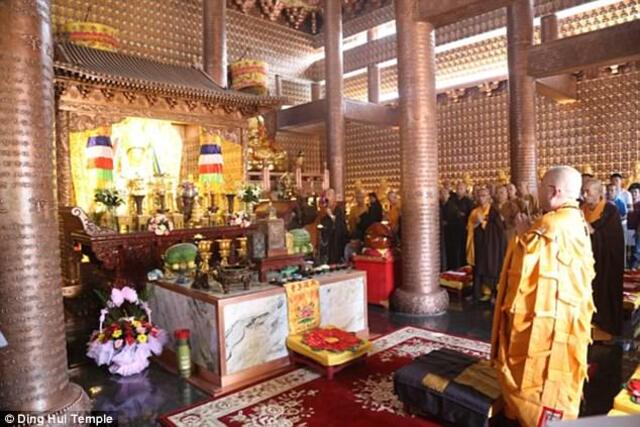
Master Ci Xian’s legacy continues to thrive in the present day, as his life and work continue to inspire Buddhists and scholars alike. The preserved body, now housed in the Dinghui Temple, remains a vital part of both Buddhist worship and historical study. Visitors and devotees still have the opportunity to pay their respects to this extraordinary figure, drawing inspiration from his spiritual journey and his contributions to the spread of Buddhism in China.
As the public prepares for the eventual relocation of Master Ci Xian’s body, his influence remains undiminished. The preservation of his body serves as a reminder of the deep spiritual traditions that have shaped history and continue to resonate with people around the world.
Conclusion: A Living Piece of History
The discovery and preservation of Buddhist Master Ci Xian’s mummified body is a testament to the enduring power of both human ingenuity and spiritual devotion. His life and death are now inseparable from the story of Buddhism’s journey across Asia, and his preserved body stands as a physical link to the past—a past that continues to inform and inspire the present.
The gilding of Master Ci Xian’s body represents more than just a physical transformation; it is a symbolic gesture, honoring his enduring spiritual contributions. As modern technology allows us to peer into the past in ways once unimaginable, the mummified monk remains a living piece of history, a profound reminder of the spiritual and cultural legacies that shape our world today.
Video
Check out the video to explore the self-mummified monks of Japan, featured in Ancient Aliens Season 9. This ancient practice will leave you amazed!



